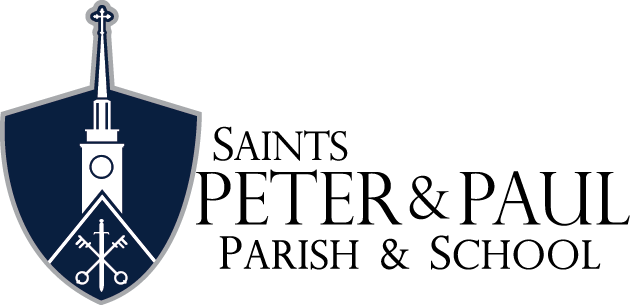Search Our Site
Interested in Joining Our Parish?
Saint Michael – St. Michaels
September 21, 2021 2024-04-17 19:46Saint Michael – St. Michaels
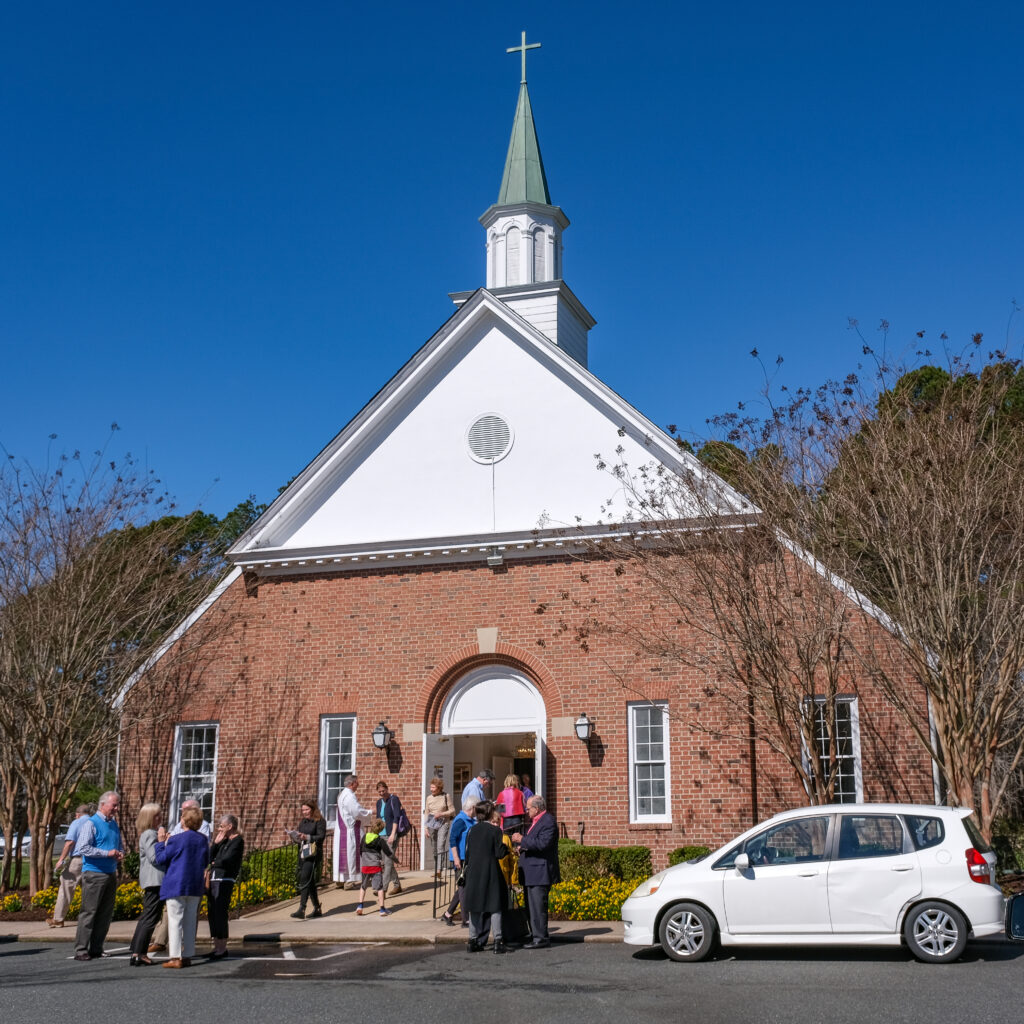
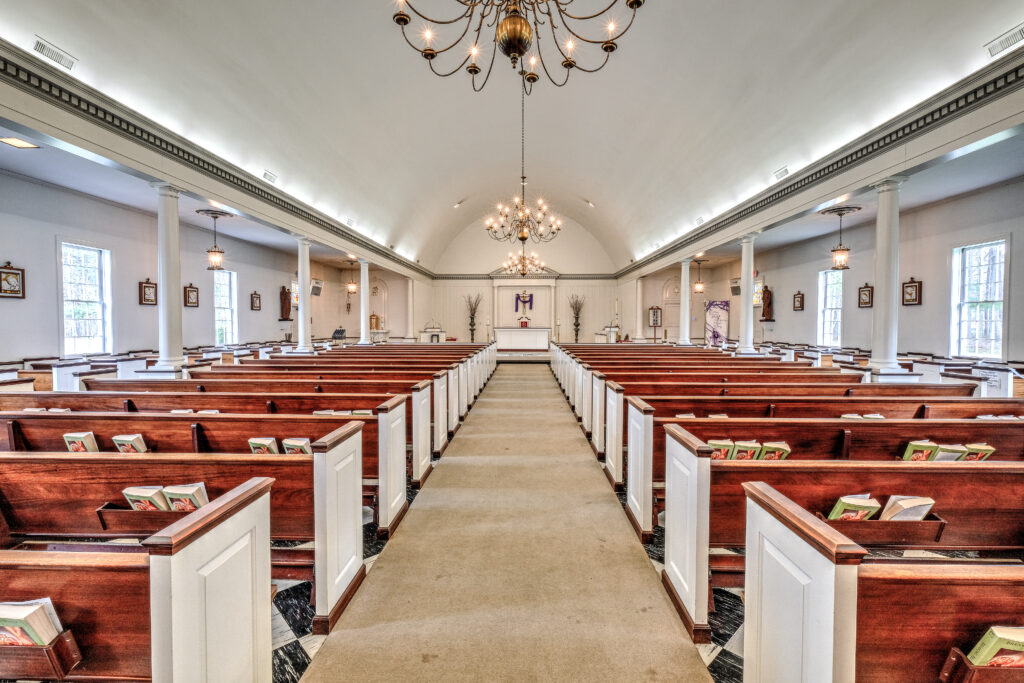
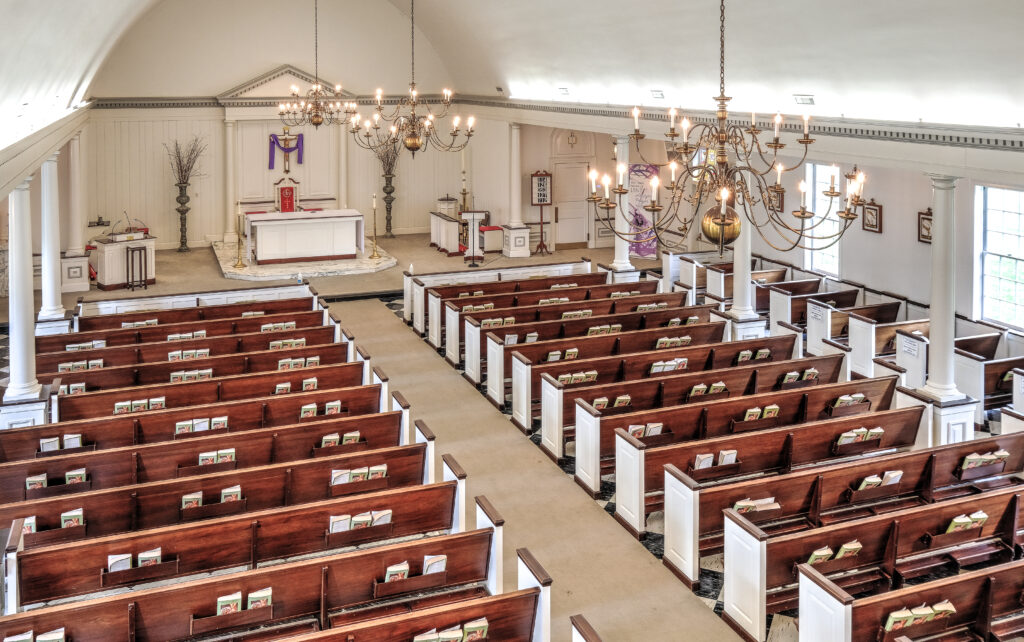 Location
109 Lincoln Avenue
St. Michaels, Maryland 21663
Location
109 Lincoln Avenue
St. Michaels, Maryland 21663
Mass Schedule
Wednesday: 12:00pm Saturday: 5:30pm Sunday: 10:30amConfession Schedule
Before all MassesDriving Directions
History of St. Michael Mission Church
The present pastor is Father James Nash.
Forty miles southeast of Baltimore and sixty miles east of Washington, as the crow flies, sits the town of St. Michaels. This historic little town is located in Talbot County on Maryland’s beautiful Eastern Shore. Bounded on the north by the Miles River and on the south by San Domingo Creek, the town boasts a picturesque harbor, a haven for boats plying the Chesapeake Bay and its rivers since earliest times.
St. Michaels was founded in the seventeenth century. Its shipyards built the swift, sharp-hulled sailing vessel, the Baltimore Clipper, which not only increased America’s world trade but greatly contributed to victory in the War of 1812. In a night attack during this war, St. Michaels was shelled by the British naval forces. By the simple ruse of hanging lanterns in treetops and covering windows with blankets, enemy cannon fire was misdirected. The town was overshot and saved from destruction. This blackout is believed to be the first of its kind in the history of modern warfare.
The main industries of the town and its surrounding areas are agriculture and seafood. With an excellent harbor, the Chesapeake Bay Maritime Museum and fine restaurants, St. Michaels attracts thousands of visitors annually. Population increases are due mainly to the continuing influx of retired people from many areas – principally Baltimore and Washington.
In this quiet and peaceful community, religious denominations flourished. Edward Elliott built the first church in St. Michaels in 1677 on the site of the present Christ Episcopal Church on Talbot Street. It was named St. Michaels, and around it clustered the town, which took its name.
Catholicism came slowly to St. Michaels, and like a sturdy oak, grew from a very small beginning. Saints Peter and Paul Parish, located in Easton, serves all of Talbot County, including St. Michaels, and extends westward to embrace Tilghman Island.
In 1964, the Catholics of St. Michaels and the adjacent areas held their first Mass in the loft of the St. Michaels Firehouse. Three ladies initiated this change. Julie Van Bibber originated the idea, Margaret Keyes discussed it with the Bishop, stressing the distance from Tilghman Island to Easton, and Kathleen Turner arranged for use of the Firehouse though Ray Turner, the Fire Chief. This Mass was attended by thirteen Catholics – the nucleus around which grew the ambition to build the chapel.
For four years, Mass, celebrated by Monsignor Joseph Irwin and his assistants, was held weekly in the upstairs room of the old firehouse. Without a doubt, this 5:30 p.m. Mass under a tin roof on a humid summer day was true penance – for priest and parishioners alike. One parishioner remarked, “It was hotter than the hubs of Hades.”
The membership grew. By early 1965, attendance in the winter months averaged 70 people and virtually doubled during the summertime. Finally, a small group of dedicated people decided a chapel in St. Michaels was necessary – an enormous ambition for so small a congregation.
However, interest increased, enthusiasm spread and an ecumenical spirit developed, from which a beautiful project materialized and flourished. While thoughts of a Chapel were still in the talking stage, donations started to arrive. Among the earliest – perhaps the first – was a gift of $5,000.00 from a non-Catholic friend in memory of his wife. Mr. Romaine Button recalled that the Maryland-Virginia Realty Company, developers of Rio Vista community, had offered three acres on Lincoln Avenue to any denomination willing to build a church. Mr. Button checked on the availability of the offer. The option was tenable. Five thousand dollars and three acres! Incredible!
In March of 1965, committees were formed and fundraising plans were drawn up; a bazaar to be held on the Christ Episcopal Church grounds and a bake sale were planned for July. Announcements in the Star Democrat publicized the activities, merchants gave their support, and local people and visitors responded enthusiastically. By August 1965 the total collected exceeded $12,000. While this sum was far from the total needed, it was enough for Monsignor Irwin to give his approval to obtain building estimates.
During the next three years, no fund raising activity was too demeaning or demanding. Bake sales were held in front of Hudson’s Pharmacy. Jokingly the chapel has been called “the church that cheese cake built.” A booth called St. Michaels Country Kitchen was sponsored by the Artisan’s Fair at the Talbot Agricultural Center, Route 50, north of Easton. Rummage sales were held, and 254 books of Green Stamps were collected and raffled off. Incidentally, the stamps were won by the Episcopal minister, Rev. Donald F. Etherton. Many busy hands baked, collected, repaired, polished and sold.
Mr. John N. Walton, an architect from Riverdale, Maryland, offered his services to fulfill a promise made earlier in his life. As a young, striving architect, Mr. Walton had donated his services to a priest whose church had burned down. His business grew rapidly, and he promised God that in thanksgiving he would give – gratis – his time and talent to any mission church in need. Msgr. Irwin welcomed his gracious offer.
The land, the money, the architect, essential components for the chapel, were now available. To allow for possible future expansion Msgr. Irwin purchased three additional adjoining acres on Lincoln Avenue. The Building Committee comprised of Mrs. Gretchen Van Bourgondien, chairman, Mrs. Dorothy Button, secretary-treasurer, Mr. and Mrs. Gerard Lane and Mrs. Harold Heck. Four contractors submitted bids on the plans for the chapel.
On December 13, 1966, the John J. Raskob Foundation for Catholic Charities granted $50,000 to the building project. This generous donation prompted Msgr. Irwin to write on December 30, 1966 to the Building Committee of the Wilmington Diocese. Following are excerpts:
“…. We are now, I believe, in a financial position to go ahead with the project as soon as the necessary approval from the Diocesan authority is forthcoming. Since the estimated cost of $103,000 was secured over a year ago, and since there seems to be no end to the increasing costs of construction, we fear that any further delay will add to our costs and thus our financial problems.”
“I am sure you can understand that our people now feel that their prayers have been answered; that their once remote dream is now on the verge of reality…”
The year of 1967 saw two important events. When offered the facilities of Christ Church, the St. Michael congregation thankfully moved its celebration of the Mass from the firehouse. On December 17, 1967, Alvin Walbridge was awarded the building contract.
Mrs. Van Bourgondien and Mrs. Button, with Msgr. Irwin’s approval, made multiple decisions, established and maintained schedules, received money, sought donation, and wrote letters of recognition and appreciation. Their ambition was expressed in their motto: “When we open, we’ll be debt-free!”
Through teamwork and astute business management they met this challenge. The Chapel, at a final cost of $186,000, was debt-free when dedicated. The Wilmington Diocese made no monetary contribution.
On April 24, 1968 Monsignor Irwin and Father John Hynes broke ground for St. Michael’s Chapel and completion was planned for January 1969.
On April 20, 1969 Thomas Mardaga, Bishop of Wilmington, dedicated the chapel. Year-round the beautiful colonial building provides a place of worship for several hundred families and hundreds of summer visitors. It stands as a monument to the vision and enduring determination of a small group of people who made their dream a reality.
